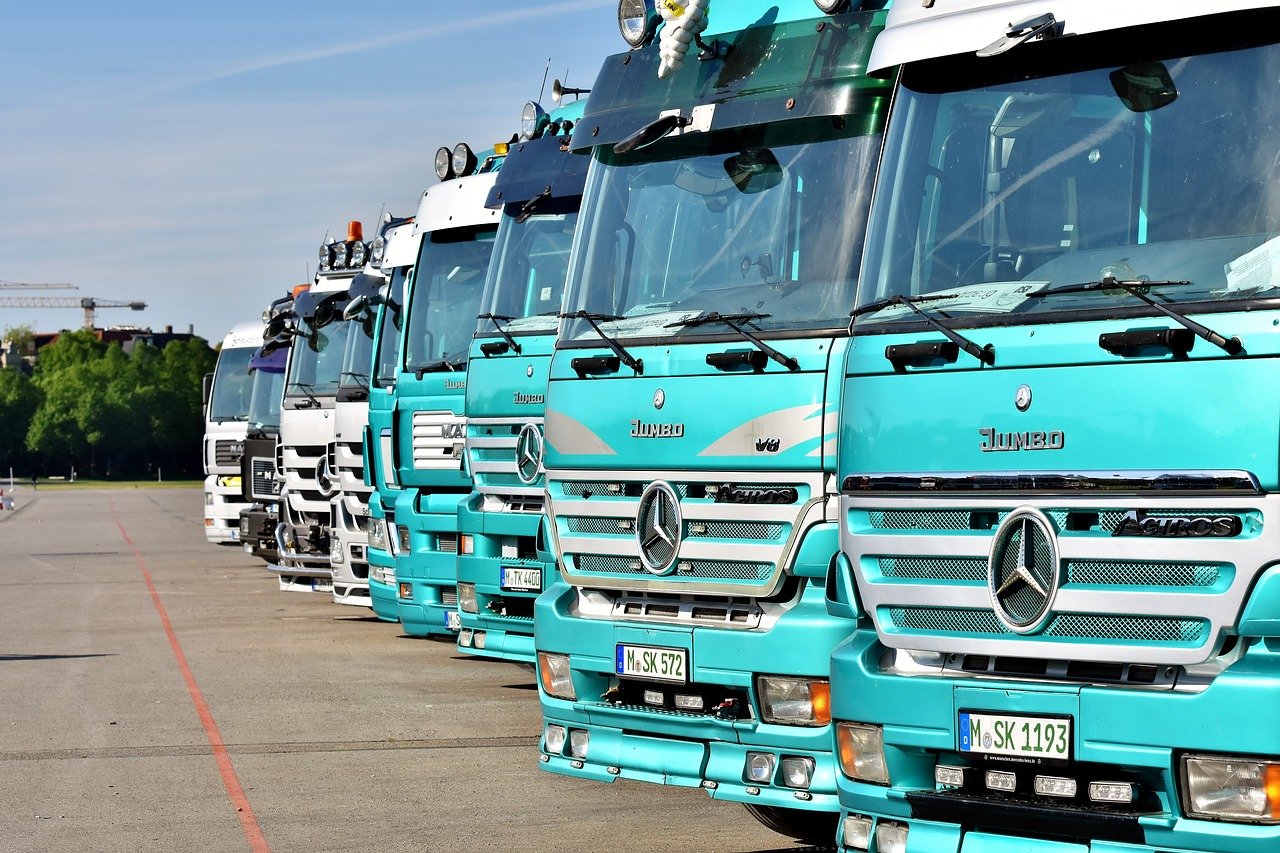Last Updated on: 22nd November 2023, 08:22 am
88% of businesses overload vans, posing a risk to drivers and other road users
With new figures from the Driver and Vehicle Standards Agency (DVSA) alarmingly revealing that almost nine in 10 (88.5%) of the 2,381 vans it weighed last year were overloaded, Venson Automotive Solutions is urging SMEs to ensure their vehicles are safe and legally road compliant by being ‘fit for purpose’.
Businesses need to take into consideration how their vehicles are used, including the working environment and the payload of the goods and equipment they are carrying. Crucially, these need to be considered prior to any conversion. Organisations also need to make sure staff are equipped with the knowledge they need to operate the vehicle and the on-board equipment, so a thorough vehicle handover and understanding of health & safety implications related to vehicle loading, are key.
“When it comes to equipping vehicles, it’s essential to keep in mind the payload quoted by the manufacturer,” explains Operations Director, Gil Kelly at Venson Automotive Solutions. “Fitting crash tested storage equipment, such as racking, and including a bulk head in the vehicle helps improve driver safety. And whilst equipment can be recycled, where appropriate, it’s important any products being reused should meet current legislation. Fitting telematics can also help with some aspects of driver safety and security, as well as providing businesses with the data they need to improve operational and business efficiency.
“Too many businesses cut corners when it comes to equipping their vehicles, or don’t recognise the impact an inferior product could have on vehicle or driver safety. The worst offenders include overloaded vehicles, poorly secured equipment and a lack of pedestrian warning systems.”
Mike Hawes, the chief executive of the SMMT, which works closely with the DVSA to help the van sector stay clear of burdensome regulation, says, “Vans have never played a more important role in the British economy, with a record 4 million vans now on our roads. Manufacturers are investing significant amounts in new safety technology, but this can only do part of the job. We continue to urge operators and owners to comply with the law to keep themselves and others safe, avoid the risk of fines and keep the threat of further legislation at bay.”
Gill Kelly concludes, “Getting the vehicle specification correct at the outset can save businesses time and money but more importantly improve staff safety. We work closely with clients and using years of experience are able to fit out all sorts of vehicles for all kinds of industries. Our purpose built workshop in Yorkshire is a destination centre for all the main vehicle manufacturers, which means cars and vans can de delivered direct to us for conversion/fitting out, ready then for onward delivery to the client and into active service. This not only limits vehicle movements but ultimately helps the client meet their operational and financial objectives.”
Venson offers SMEs top tips on best practice to ensure vehicles are safe and legally road compliant.
Venson’s Vehicle Loading Safety Tips
Know the weight and weight limits of your vehicle. Maximum permitted axle weight and Gross Vehicle Weight (GVW) can be found in your driver handbook or sometimes on a plate located by the bulk head or by the driver or passenger door.
Be careful not to mix up the Gross Vehicle Weight (GVW) with the Gross Train Weight (GTW). The GVW is the maximum permitted weight of the vehicle (plus any load it is carrying), while the GTW is the maximum permitted weight of the vehicle plus any trailer being towed (plus any load being carried in the vehicle and trailer)
Ensure the load is distributed evenly. After any drop-offs, re-check the distribution of the remaining load and that it is secured safely – heavy items on the bottom, lighter items on the top.
Ensure the GVW is checked before setting out using your own weigh pads or use a public weigh-bridge. Alternatively consider having your vehicle fitted with on-board weighing systems.
Never automatically trust declared weights, invoices or delivery notes given to you by customers. Remember that you and your employer hold the responsibility for not overloading, not the customer.
Loads should be secured to make sure they do not slide around during transport. In vehicle storage solutions may help.
Carry out health & safety assessment for loading and unloading the vehicle, both internal items and external items such as ladders, materials etc.
Consider alternative storage solutions. What was once carried on the roof/side of vehicle is now not necessarily required.
Is everything that is being carried in the vehicle required? Consider alternative solutions such as onsite delivery from suppliers.






